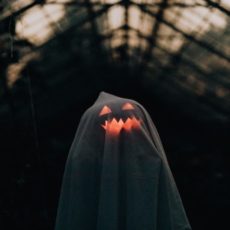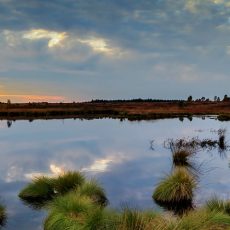Did you know? In the United States, pollination by honey bees, native bees, and other insects produces 40 billion dollars worth of economic value every year!
Read moreBiodiversity
Wildlife and Biodiversity: It’s All Connected

In today’s video, we’re talking about World Wildlife Day, which is celebrated every year on March 3rd to raise awareness about all of the wild animal and plant species that make up the incredible biodiversity of our planet.
Read morePollinator Habitats with Brandon Reynolds, Founder of B the Keeper

B the Keeper provides residential and corporate landscaping services to create habitats for pollinators using native plants. Creating landscapes with native, pollinator-friendly plants is an important part of preserving bee, butterfly, and other pollinator populations that are critical to the stability of our food supply chain and air quality.
Read moreRainforests of the World

Hey swrmers! Welcome back to the Hive! Today, we’re bringing you a little Rainforest 101.
Read moreThe Great Barrier Reef and Climate Change

The Great Barrier Reef is located in the Coral Sea, off the coast of Queensland, Australia and can be seen from outer space. It is the world’s biggest single structure made by living organisms, composed of over 2,900 individual reefs and 900 islands stretching for over 2,300 kilometers (1,400 mi) over an area of approximately 344,400 square kilometers (133,000 sq mi).
Read moreMore Tricks, and Still No Treats

It’s almost Halloween, the spookiest time of the year, complete with ghosts and goblins, witches and black cats, scary stories and… climate change? Most of us have at least some small knowledge of the increasing effects of climate change on our planet—increased global temperatures, warming seas, rising seas, melting ice caps, bleaching corals, biodiversity loss, fires, floods, and more. There are, however, some spookier anomalies taking place around the world–so many, in fact, our first article on the subject screamed for a second.
Read moreLife On Land

Hey swrmers! Welcome back to the Hive! As our world seems to become more and more divided, it becomes clearer to us at the Hive, that the only way forward is together. So, we’re bringing it back to the Sustainable Development Goals this week.
Read moreParenting Boundaries are designed to be pushed…what about Planetary Boundaries?

The Planetary Boundary (PB) concept was introduced in 2009, and was aimed at defining the environmental limits within which humanity can safely operate. These scientifically prescribed thresholds are laid out in order to protect the Earth’s fragile
Read moreSustainability and Restoration

Hey, swrmers! Welcome back to the Hive! In our recent video on Sustainable Seafood, we talked about aquaculture projects having the potential to rebuild marine ecosystems and promote biodiversity. One such project taking place in New York Harbor is Billion Oyster Project, whose ambitious goal is to restore one billion live oysters to New York Harbor by 2035. We recently spoke with Danielle Bissett, the Assistant Director of Restoration at Billion Oyster, to learn more.
Read moreOur Wetlands are Drying up

As is perhaps obvious by the title, wetlands are where water covers land – specifically, soil. The water may be salt or fresh, or anywhere in between. And examples of wetlands are marshes, peatlands, deltas, rivers, lakes, (freshwater) and mangroves, estuaries, seagrass beds, coral reefs and lagoons (saltwater). They are picturesque, fragile, valuable – and in grave danger. Let’s explore some interesting facts about these essential ecosystems, and see what’s being done to save them.
Read more